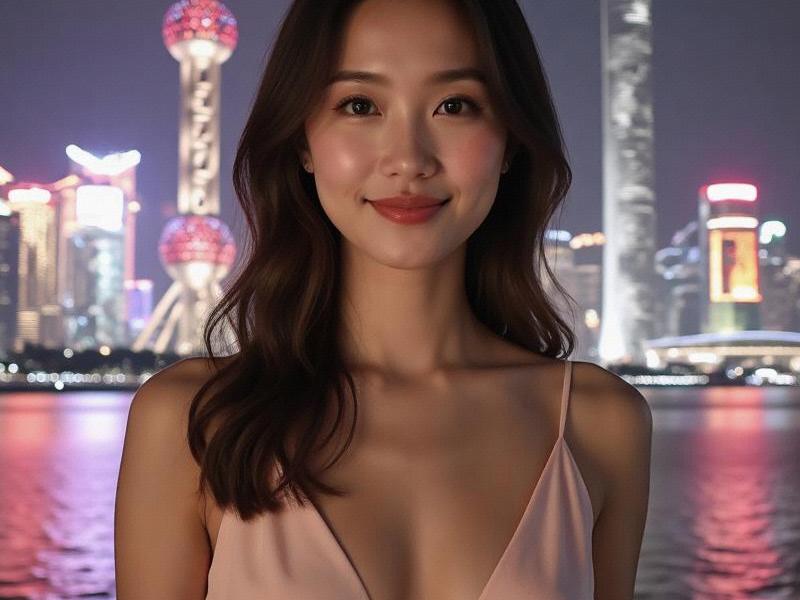This 2,600-word style analysis examines how Shanghai has developed China's most distinctive metropolitan beauty culture, creating a fashion language that communicates both Chinese heritage and global sophistication.

Section 1: Historical Foundations
1. The Treaty Port Legacy (1843-1949):
- Western cosmetic introductions and local adaptations
- Qipao evolution from Manchu robe to fashion statement
- Hair styling as social status indicator
- Jewish and Russian émigré influences
2. Socialist Era Transformations (1949-1978):
- Revolutionary asceticism and uniformity
- The political symbolism of braids vs. short hair
- Makeup as bourgeois decadence
- Textile rationing and creative adaptations
夜上海419论坛
Section 2: Modern Beauty Ecosystem
- High-end cosmetic market segmentation
- Local skincare innovation clusters
- Plastic surgery trends: subtle enhancement philosophy
- TCM beauty concepts in contemporary formulations
Section 3: District Style Anthropology
1. Urban Style Geography:
- The Bund: Timeless elegance
- Former French Concession: Understated chic
上海喝茶群vx - Tianzifang: Artistic eclecticism
- Pudong: Corporate minimalism
2. Generational Signatures:
- Post-60s: Discreet refinement
- Post-80s: Brand-conscious sophistication
- Post-90s: Experimental individualism
- Gen-Z: Digital-native aesthetics
Section 4: Industry Dynamics
- Domestic beauty brand revolutions
上海花千坊龙凤 - KOL marketing ecosystem analysis
- Fashion week economic impact studies
- Luxury retail localization strategies
Section 5: Global Interactions
- Western brand adaptation case studies
- Korean-Japanese influence dynamics
- Diaspora style ambassadors
- International fashion week presence
Conclusion: The Shanghai Formula
Shanghai's beauty culture demonstrates how global influences can be thoughtfully localized rather than simply adopted, creating style signatures that maintain cultural authenticity while embracing cosmopolitan sophistication.